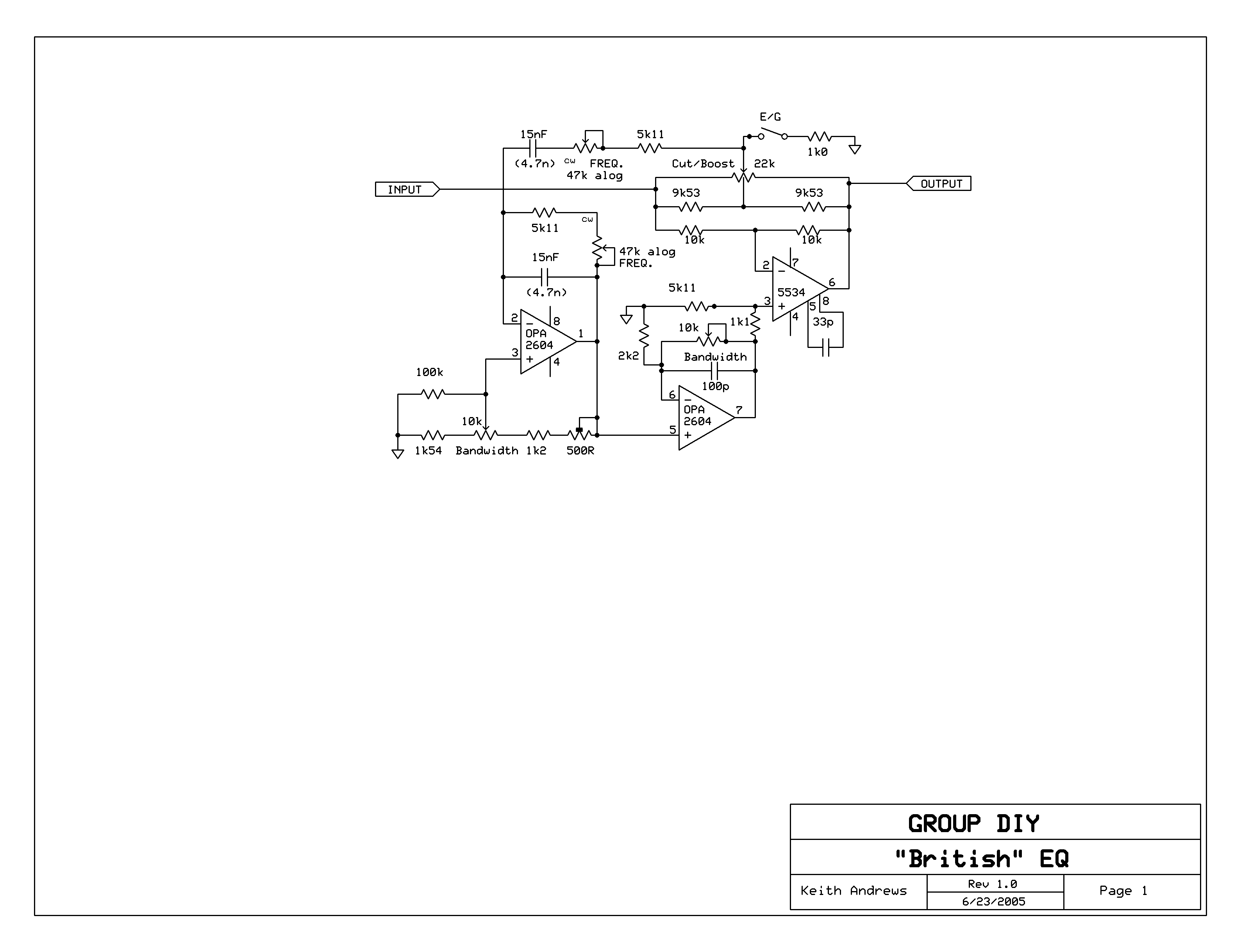[quote author="PRR"]
>
cheap simple oscillators, with a light bulb in gain stabilizing network.
I know some boys got PhDs for the light-bulb, but light-bulb alone will NOT stabilize the oscillator. It's gotta have a signal-rate gain-droop. This was assured with sloppy biasing of H and P's vacuum tubes, or Heath's 5-transistor oscillator. But when you "improve" these "mis-biased" amplifiers, the oscillation becomes increasingly hard to tame.
The light bulb does get you from 2% THD down well below 1%, but it is not sufficient.
[/quote]
No, I used them with one resistor, in feedback of a single power amp chip.

There is a very different oscillator which amplifies its output to a full-rail square-wave, and filters back to a sine. Just one pot, though only about a 4:1 range. Damsite more stable than an H-P. http://www.national.com/ms/LB/LB-16.pdf
One integrator and one comparator with a hysteresis loop will do the job. Now, shape then filter a triangle, instead of a square, it is simplier. However, National's approach from your link with oscillating filter is a good idea as well.
[quote author="PRR"]
>
actually I need only 2 frequencies to boost on my consoles
I can't remember when a bell-shape boost actually improved a sound. I work all with dips and slopes and cut-offs.[/quote]
Because it is as I said, a top secret.

Ancient Romans stole it from Egyptean prists and called Balkanto.



